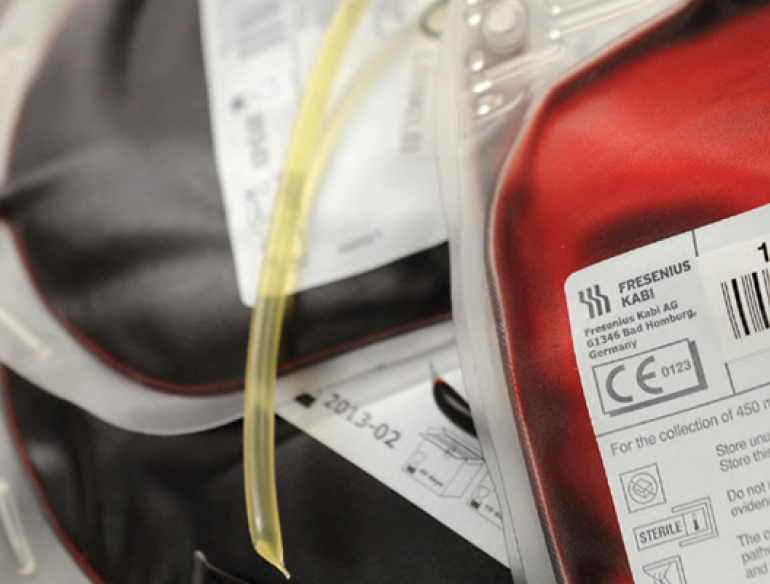Key findings
- Over the period 2005 – 2011, there were more than 8.6 million blood donations in Australia with an average of 1.2 million donations per year. The numbers of blood donations have been increasing since 2005.
- A total of 217 blood donors were detected as having at least one transfusion-transmissible infection (hepatitis B virus (HBV), hepatitis C virus (HCV), human immunodeficiency virus (HIV), human T‑cell lymphotropic virus (HTLV), or active syphilis) in 2011; more than 91% of these donors were infected with either HBV or HCV. This gives a total count of 1,700 TTI-positive donors in 2005 – 2011. In 2011, no donors had more than one transfusion-transmissible infection.
- Although only representing 17% of the donor population, first time blood donors contributed 90% of all donors with transfusion-transmissible infections in Australia during 2005 – 2011, highlighting the importance of promoting education of potential new donors.
- No transfusion-transmitted HIV, HCV, HTLV or syphilis infections were reported during 2008 – 2011. Three probable cases of transfusion-transmitted HBV infection were reported in the 2008 – 2011 period, two in 2009 associated with the same donor and one further case in 2011.
